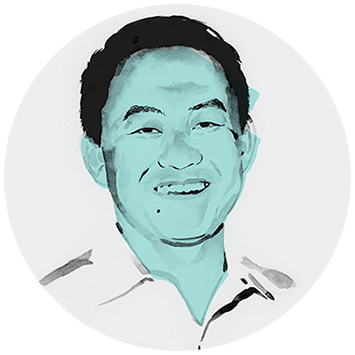
` Kuang Chen, 34
A novel way to get data off paper records and into the digital age.
Problem:
Much of the world still relies on paper forms and documents. Getting information off those files into a format that can be searched and analyzed by computers generally requires manual data entry by people, which is costly, slow, and error-prone.
Solution:
Kuang Chen founded a company called Captricity that uses a clever combination of computing and brainpower to read information on paper forms dozens of times faster and more cost-effectively.
Chen developed the technology to capture paper-bound data in countries that had yet to fully harness the power of computing. After false starts in Malawi and Uganda, he put his ideas to the test in Mali in 2011, when he processed nearly 37,000 survey pages detailing perceptions of the government. The job would have taken two clerks an estimated eight months even before they double-checked it. Instead, Chen uploaded snapshots of the forms to Dropbox. Then his software broke up the images into small pieces that were distributed to human readers on Amazon’s Mechanical Turk crowdsourcing platform. The Turk transcriptions were used to train machine learning algorithms that progressively took over the work; ultimately, human readers were used only to interpret the most ambiguous entries. The process took a week.
The same approach that works in African villages can be useful in any organization that still relies heavily on paper forms. Captricity funds its free or low-cost services in poor countries in part with revenue from paying customers such as Dell, Harvard Law School, and the U.S. government.
—Ted Greenwald
Watch this Innovator at EmTech 2014
Meet the Innovators Under 35
